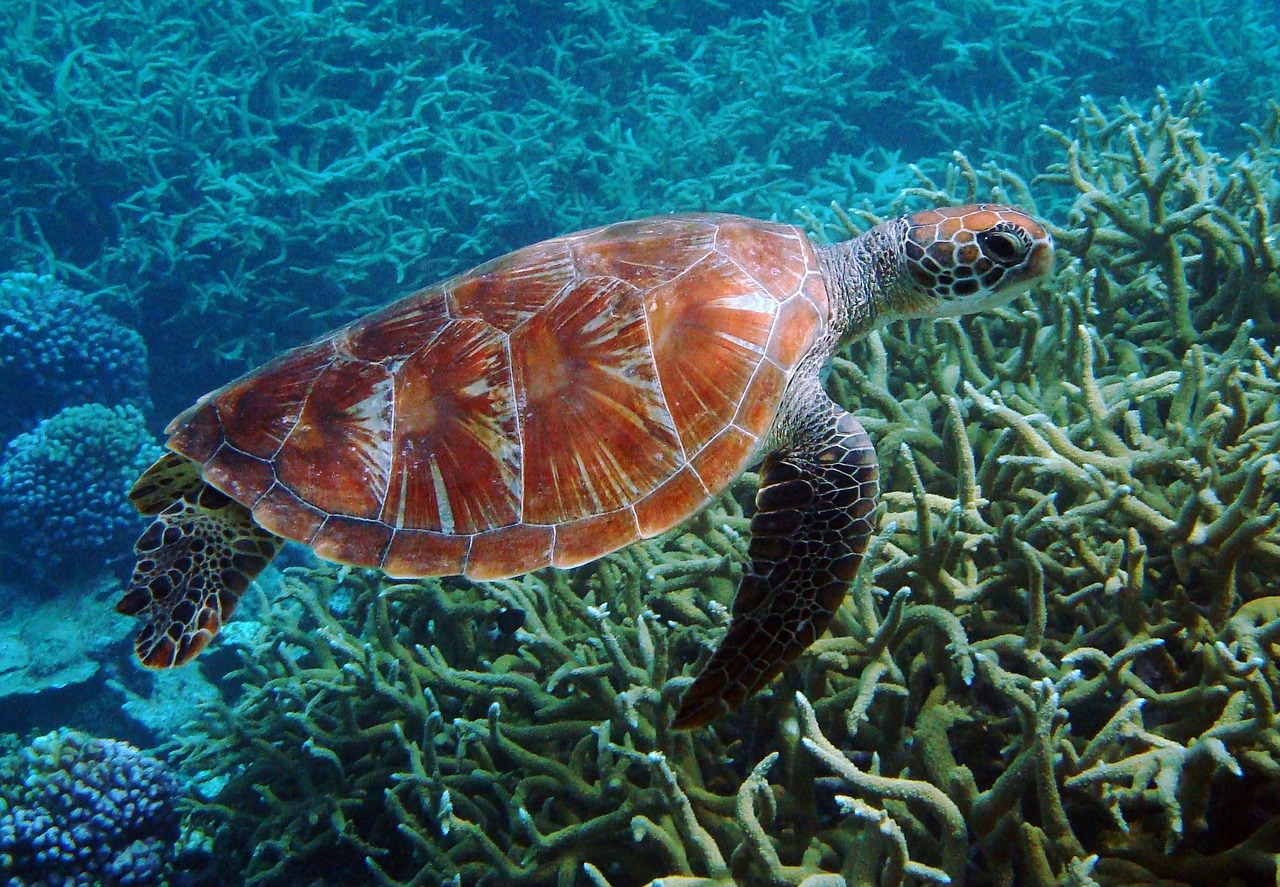It’s a common misconception that you need to travel long haul to have a great diving experience. Whilst locations like Bali, Thailand, the Maldives and the Philippines are deservedly hailed as some of the best dive sites in the world, Europe is often neglected. With both cold and warm waters to be explored, it’s a whole new ball game with the vast ecological systems becoming more apparent the further north you travel. If you miss the open seas, but don’t have the time to travel outside of your home continent, here’s where you can refresh your knowledge and kick your flippers on this easily accessible and navigable continent.
ICELAND
The Silfra Fissure is the crack that lies directly between the continents of North America and Europe. It is the point at which the continental plates meet, opening up a whole new world of discovery for divers. Due to its remote location, divers can easily explore the area and enjoy visibility of over 100 metres. The waters are as pure as they come, as each drop takes between 30-100 years to seep through from Langjökull (Iceland’s second largest glacial tip). Although the marine life isn’t the most colourful as it doesn’t tend to venture far into the crevice, this one’s for the bragging rights alone. If you have extra time in Iceland, visit Kleifarvatn, a large lake located 30 minutes from Reykjavik. The country enjoys vast volcanic diversity and that extends to underwater too. With incredible underwater hot springs just off the shore of the lake, divers can feel the vibrations off the rocks as the central crater emits gas and warm water.
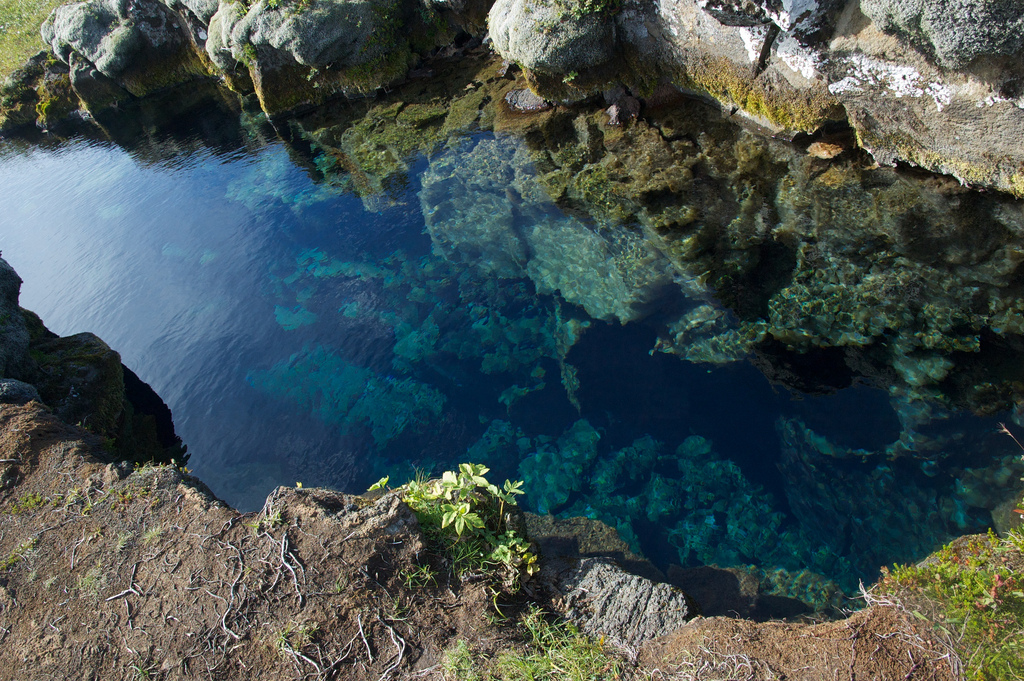
ORKNEY, SCOTLAND
When you think of diving, you more than likely think of tropical waters, but serious divers will tell you that this cold water dive site is easily one of the most fascinating in the world. As one of Britain’s most historic stretches of water, it is home to the remnants of an entire underwater world which is crying out to be explored. Scapa Flow consists of seven shipwrecks from the wartime German fleet. Wrecks are at 35-50 metres and it’s rare that so many wrecks in close proximity can be accessed with such ease. The wrecks lie on sand and silt, but each has become its own individual ecosystem for abundances of wildlife. The wrecks are vibrant in colour as urchins cling to their home and if you’re lucky you might catch a rare siting of the seals that lurk in the waters.
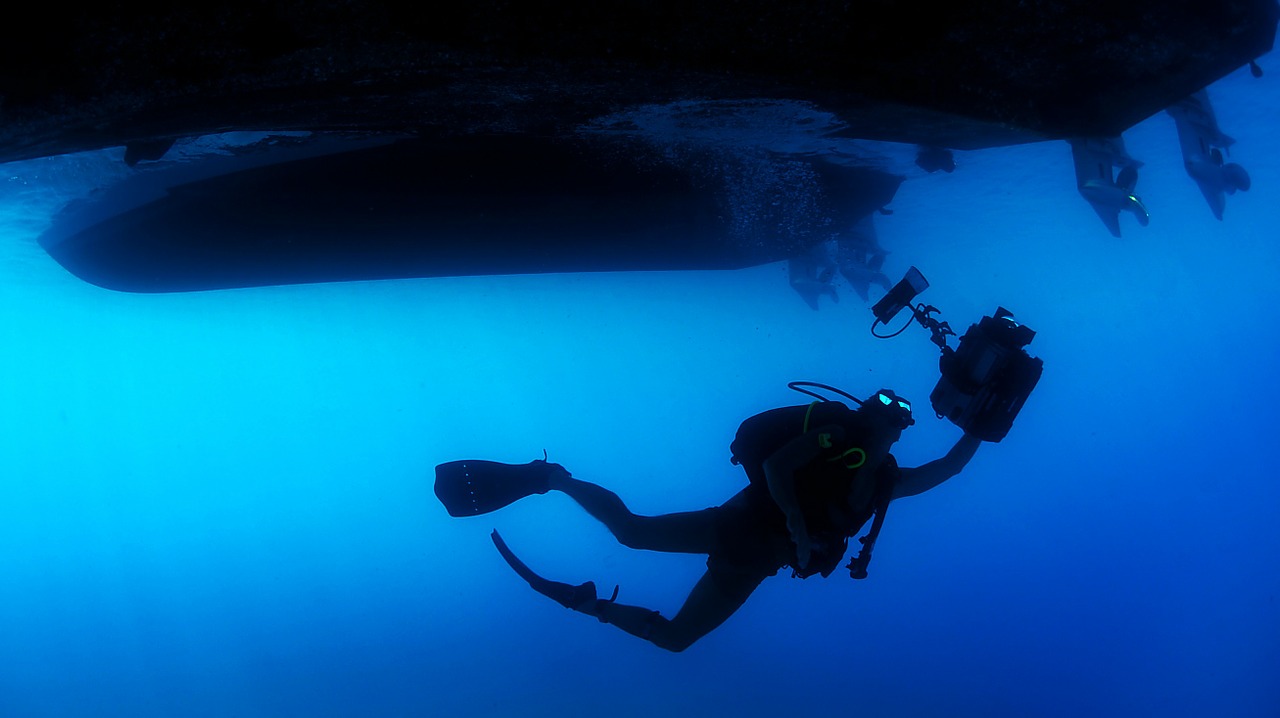
MALTA
We’re heading over to warmer waters with this one to another dive spot with an extraordinary number of wrecks. These waters may require you to be a more experienced diver, as exploring the wrecks can take navigational skills. These waters are home to the Blenheim Bomber, a WWII aircraft that set off on a raid in Dec 1941 and was attacked and downed minutes later. The wreck remains upright in the very same position today in the clutches of the seabed. Whilst in the area, dive HMS Stubborn, HMS Maori and of course make the underwater journey to the infamous statue of Madonna, which lives 30 metres underwater.
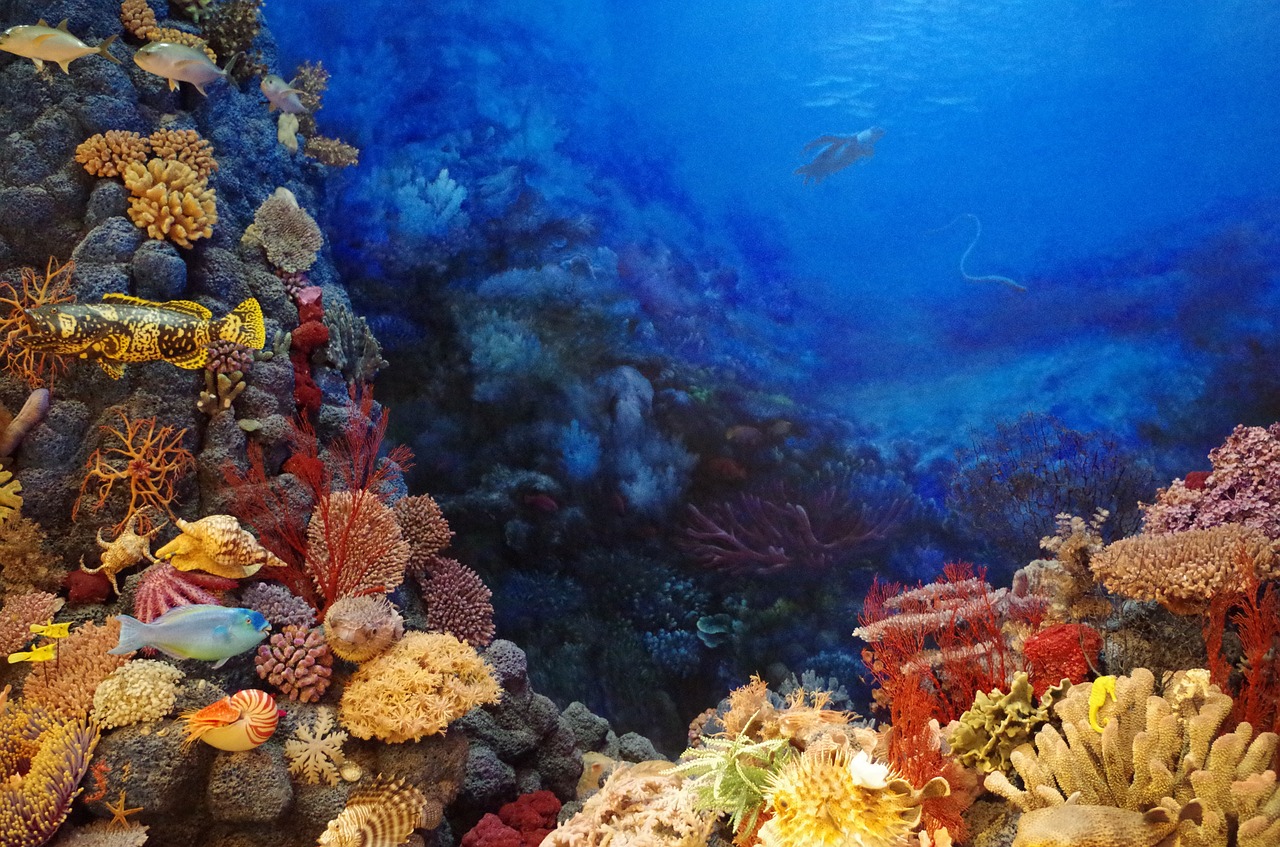
MADEIRA
With much of the area’s diving shore-based, Madeira serves as the perfect location for the less experienced diver who is looking to start in warmer waters. Off the shore of Caniço you’ll find a stunning 300 metre reef rich in marine wildlife which can be explored at your leisure. Head over to the T-Reef, where two conical boulders stand tall, reaching up to 12 metres beneath the service. These boulders act as a home for all manner of flora and fauna set in Atlantic meets tropical waters, such as big hog fish, neon damselfish, Turkish wrasse and barracudas.
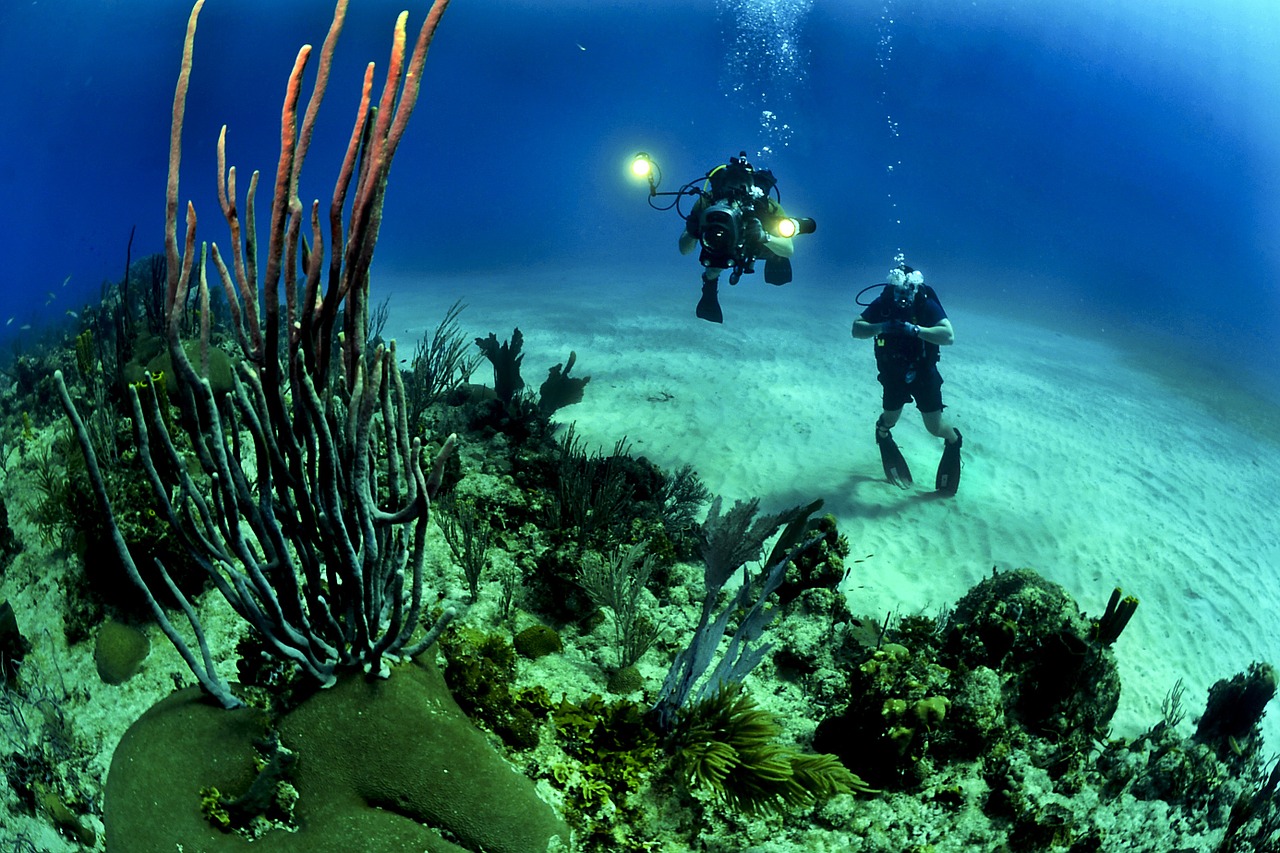
KYRENIA, CYPRUS
This is one of the most colourful warm-water dive sites in Europe, making it the ideal place to learn to dive. Situated on the northern tip of the island, the waters are clear with good visibility of around 30 metres. The seabed is rocky, making it a haven for turtles, octopus and stingray. The coral is both colourful and plentiful,with the lush Mediterranean climate creating ideal dive conditions all year round.
